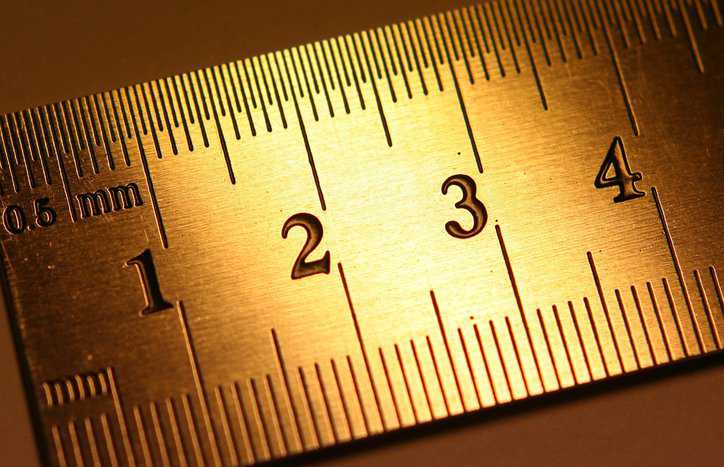New Prefixes in the SI: ronto, quecto, ronna, quetta

As of November 2022, in its first update to prefixes since 1991, the International System of Units (SI) now includes prefixes ronna, quetta, ronto, and quecto.
What Is the International System of Units (SI)?
The most widely used system of measurements is the International System of Units (SI). It is the global standard for weights and measures derived from the metric system of units, which were proposed around 1670 but not implemented until after the French Revolution, with three base units: the gram, the meter, and the liter. Previously there was the CGS system based on seconds, grams, and centimeters.
The SI system was officially established in 1960 with seven base units including the meter, kilogram, second, ampere, Kelvin, mole, and candela. SI prefixes are used to express these measurements in a “human scale” in multiples of 103 for larger values and 10-3 for smaller values. The last update to the SI prefixes was in 1991 when zetta (Z), zepto (z) for 1021 and 10-21, yotta (Y), and yocto (y) for 1024 and 10-24 were added.
Extension of the Range of SI Prefixes
For the first time in over 30 years, the International Bureau of Weights and Measures (BIPM) has updated the SI to include additional prefixes, including ronna and quetta for large numbers and ronto and quecto for small numbers. The new prefixes were approved by a vote of the General Conference on Weights and Measures (CGPM) in Versailles, France on November 18, 2022.
| Prefix | Quantity | Symbol |
| quetta | 1030 | Q |
| ronna | 1027 | R |
| ronto | 10-27 | r |
| quecto | 10-30 | q |
The addition of the new prefixes provides an expansion of the previous range of measurements that use the SI. This recent change was partly in response to the need to express larger values in digital technology, such as quettabytes of data storage. These new prefixes should prevent or reduce the use of unofficial prefixes that have cropped up in the marketplace, such as brontobytes, which do not fit into the SI naming scheme. Additionally, the new prefixes follow the naming convention where the prefixes with very large numbers end in “a” with capital letters for the symbol and prefixes for very small numbers end in “o” with lowercase letters for the symbol.
The addition of the new prefixes should “future proof” the SI for another 30 years accounting for the need to express digital information in larger and smaller quantities as the digital world expands. Additional justification for the addition of the new prefixes can be found in this BIPM justification.






